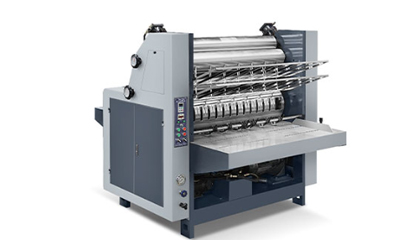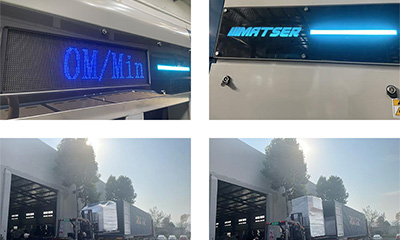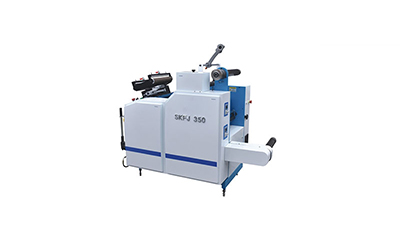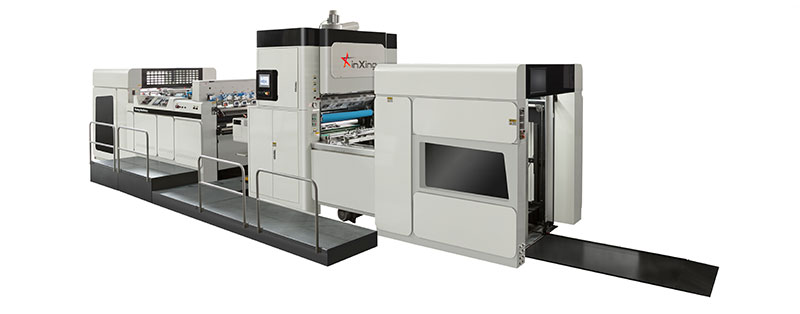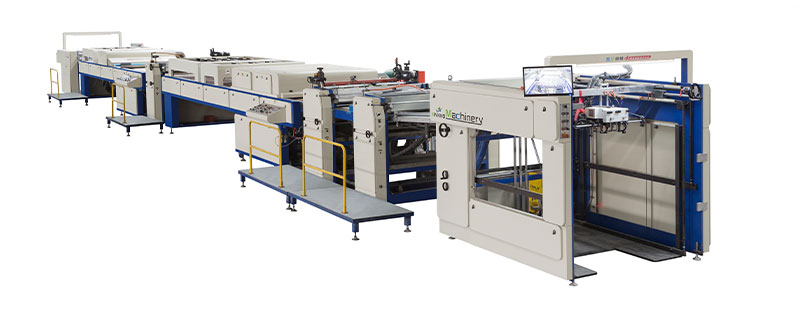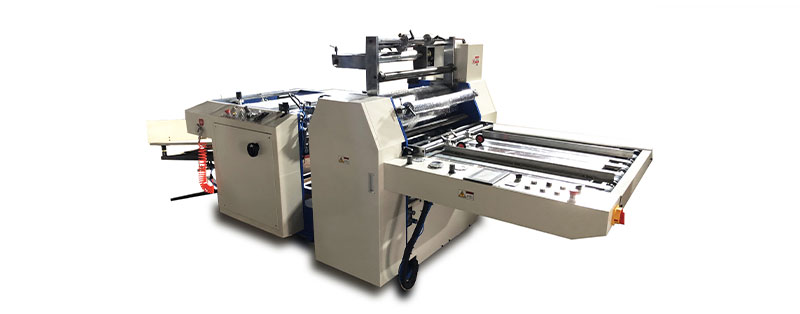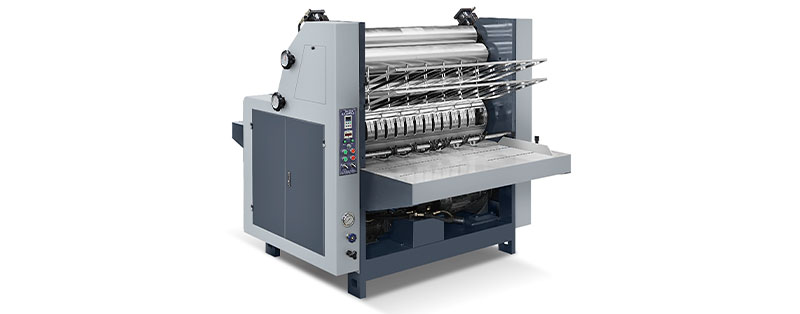
Yes, you can print on notebook paper - as long as the size meets your printer's specifications. Most standard notebooks use A4, A5 sizes, which are compatible with almost all home and office printers.
Ideal Scenarios for Notebook Paper
• Temporary Document Printing: Perfect for drafting meeting notes, to-do lists, study outlines, or any content that doesn’t require long-term preservation. Their ready availability in offices, schools, and homes eliminates the need for specialized paper.
• Hybrid Handwritten & Printed Workflows: These papers allow seamless post-printing annotations with pens, markers, or pencils. Teachers can print lesson plans and add handwritten feedback, while students can annotate printed lecture slides directly on notebook paper.
• Cost-Effective Solution: Priced at just \(0.01–\)0.02 per sheet, they are significantly cheaper than professional printing papers like cardstock or photo paper, making them economical for high-volume draft printing.
Key Limitations of Notebook Paper
1. Durability Challenges:
• Physical Vulnerability: With a tear resistance of only 40% that of cardstock, these thin sheets (60–80gsm) are prone to fraying and creasing, especially with frequent handling.
• Environmental Sensitivity: Exposure to moisture causes inkjet prints to smudge within 30 seconds, while long-term sunlight exposure leads to gradual color fading over 3–6 months.
2. Visual & Functional Compromises:
• Color Performance: The porous surface absorbs ink rapidly, reducing color saturation by 20–30% and causing blurry edges in gradient graphics or photos.
• Thickness Limitations: Sheets below 70gsm often show ink bleed-through on double-sided prints, affecting readability.
3. Use Case Restrictions: Unsuitable for applications requiring longevity, waterproofing, or professional presentation, such as archival documents, outdoor signage, or business proposals.
How Laminated Notebook Paper Enhances Printing Results
Pre-laminated notebook paper—processed with film laminating machines to apply a 0.01–0.05mm protective film (gloss/matte) during manufacturing—addresses the limitations of unlaminated paper, offering superior performance for demanding scenarios:
Key Advantages of Pre-Laminated Notebook Paper
1. Enhanced Durability for Long-Lasting Use:
• Water & Stain Resistance: Achieves IPX4 waterproof rating, allowing easy cleaning of spills like coffee or juice—ideal for kitchen recipes, bathroom checklists, or outdoor activity guides.
• Improved Tear & Fold Resistance: With 3x higher tear strength than unlaminated paper, it withstands frequent folding (over 200 folds) without damage, making it perfect for flashcards, travel maps, or reusable checklists.
• UV Protection for Color Preservation: Blocks 90% of UV rays, extending colorfastness from 3 months to over 2 years, suitable for preserving children’s art, certificates, or historical records.
2. Superior Visual Appeal:
• Gloss Lamination: Increases color brightness by 25% and enhances image contrast, making it ideal for vibrant posters, promotional materials, or DIY crafts that require eye-catching visuals.
• Matte Lamination: Provides a non-glare, premium texture that reduces fingerprint visibility, perfect for professional documents like resumes, portfolios, or minimalist designs.
3. Expanded Functional Applications:
• Waterproof Craft Materials: Print designs directly on pre-laminated paper, then cut into durable stickers, greeting cards, or scrapbook elements that resist humidity and handling wear.
• Outdoor & Industrial Use: Suitable for creating weather-resistant labels, equipment operation manuals, or safety signs that maintain clarity in harsh environments.
Printing Tips for Pre-Laminated Notebook Paper
1. Ink Compatibility:
• Inkjet Printers: Use pigment-based inks (not dye-based) to ensure strong adhesion on the non-porous film surface, preventing ink beading or smudging.
• Laser Printers: Adjust settings to low-temperature fusing (≤140°C) to avoid melting the film (PP film melting point: 160–170°C) and select "cardstock" or "glossy paper" mode for optimal toner distribution.
2. Surface Preparation: Lightly wipe the film surface with isopropyl alcohol before printing to improve ink adhesion, especially for intricate graphics or small text.
Choosing Between Unlaminated and Pre-Laminated Notebook Paper
|
Decision Factor |
Unlaminated Notebook Paper |
Pre-Laminated Notebook Paper |
|
Primary Use |
Short-term drafts, casual notes, handwritten hybrids |
Long-term storage, waterproof documents, professional prints |
|
Environmental Exposure |
Dry, low-risk indoor environments |
Wet (kitchen/bathroom), high-friction (backpacks/workshops) |
|
Visual Requirements |
Plain text, minimal color use |
Vibrant graphics, matte/gloss finishes, premium aesthetics |
|
Post-Print Handling |
Extensive handwriting or frequent editing |
Cutting, folding, or outdoor/industrial applications |
|
Cost Consideration |
Economical (\(0.01–\)0.02 per sheet) |
Higher cost (\(0.05–\)0.10 per sheet, due to lamination) |
Conclusion
Standard unlaminated notebook paper serves as a practical, cost-effective solution for everyday printing needs, excelling in spontaneity and handwriting compatibility. However, when durability, visual quality, or environmental resistance is required, pre-laminated notebook paper—processed with laminating machines—offers a transformative upgrade. By understanding the strengths of each type and aligning them with your specific needs, you can ensure every print job meets both functional and aesthetic goals, whether it’s a quick draft or a lasting keepsake.


